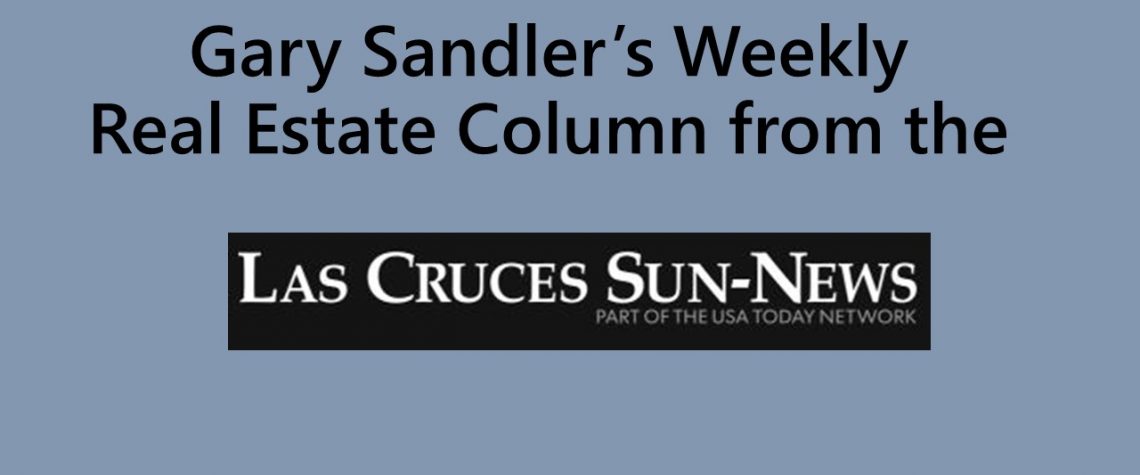-
 May 24, 2018 Are no closing-cost mortgages too good to be true?
May 24, 2018 Are no closing-cost mortgages too good to be true?Published 24 May 2018
The answer to the question posed in the headline is a resounding “yes”; no closing-cost mortgages are indeed too good to be true. The truth is that all mortgages have closing costs. The no closing-cost moniker is simply mortgage-speak for employing alternative methods of having the customer pay them.
The bottom line is that lenders, appraisers, title companies and others who are necessary components of the mortgage process are absolutely paid for their services. It’s how the funds to pay them are generated that is absent from the seemingly misleading claim. One fact is indisputable: In the end, the borrower pays the costs in one form or another.
Don’t get me wrong. Exploring how to lower the amount of cash required to achieve homeownership or refinance a loan is an effective and oftentimes advantageous goal of many prospective and current homeowners. From my perspective, the “no closing-cost” claim is simply a murky marketing strategy designed to inform borrowers that there are alternatives to paying cash for their closing costs.
Those alternatives typically come in three forms. The first of which is to have the lender pay the costs through the use of a “lender credit” at closing. But where does the lender find the funds to pay what in our area amounts to $2,500 to $3,500 in costs without wiping out part or all of the profit they would normally make on the loan? The answer is by charging a higher rate to the borrower.
In industry jargon, it’s called premium pricing. Premium pricing occurs when the lender charges a slightly higher-than-market rate, which results in a higher profit to the lender when the loan is sold on the secondary mortgage market. The lender then taps the additional funds to pay the buyer’s closing costs. The trade-off results in the borrower paying a slightly higher monthly payment in exchange for eliminating some or all of the closing cost expense. Here’s an example of how such a scenario might play out.
Let’s say you take out a 30-year, fixed-rate $150,000 mortgage at 4 percent that carries $3,000 in closing costs and a monthly principal and interest payment of $716.12. By opting to pay the slightly higher rate of 4.375 percent, the payment rises by $32.37, to $748.49, with the lender then picking up the $3,000 in costs. At that pace, you would “pay back” the $3,000 in just over seven years. Sell or refinance prior to that time and you win because you’ve paid back less than you “borrowed.” Hold on to the loan for more than that time and you’ll lose your advantage.
Another method of “financing” the $3,000 in closing costs is to add them to your loan amount. This option works best with refinances, where borrowers have sufficient equity to meet the loan program’s loan-to-value ratio. Equity is the difference between the value of the property and what’s owed against it. Financing an additional $3,000 at 4 percent for 30 years increases the monthly principal and interest payment by $14.31, with the break-even point more than 17 years away.
A third and increasingly popular method of keeping the $3,000 in your pocket is to ask the seller of the home you’re buying to pay your closing costs. But, alas, there’s no free lunch. If the seller agrees to accept a $150,000 offer and pay your costs of $3,000, he or she will net the same as if the property sold for $147,000, which is theoretically what you could have purchased the property for had you paid your own costs.
The key to success is to shop like you mean it. As I often advise, not all lenders offer the same options or pricing, so it truly pays to shop a number of lenders before deciding on which method of offsetting your closing costs works best for your particular situation.
See you at closing.
Gary Sandler is a full-time Realtor and president of Gary Sandler Inc., Realtors in Las Cruces. He can be reached at 575-642-2292 or Gary@GarySandler.com.
About author
-
-
About Author
Gary Sandler
-
© 2022 Gary Sandler - Website Developed by: Digital Solutions